Mount Abu:
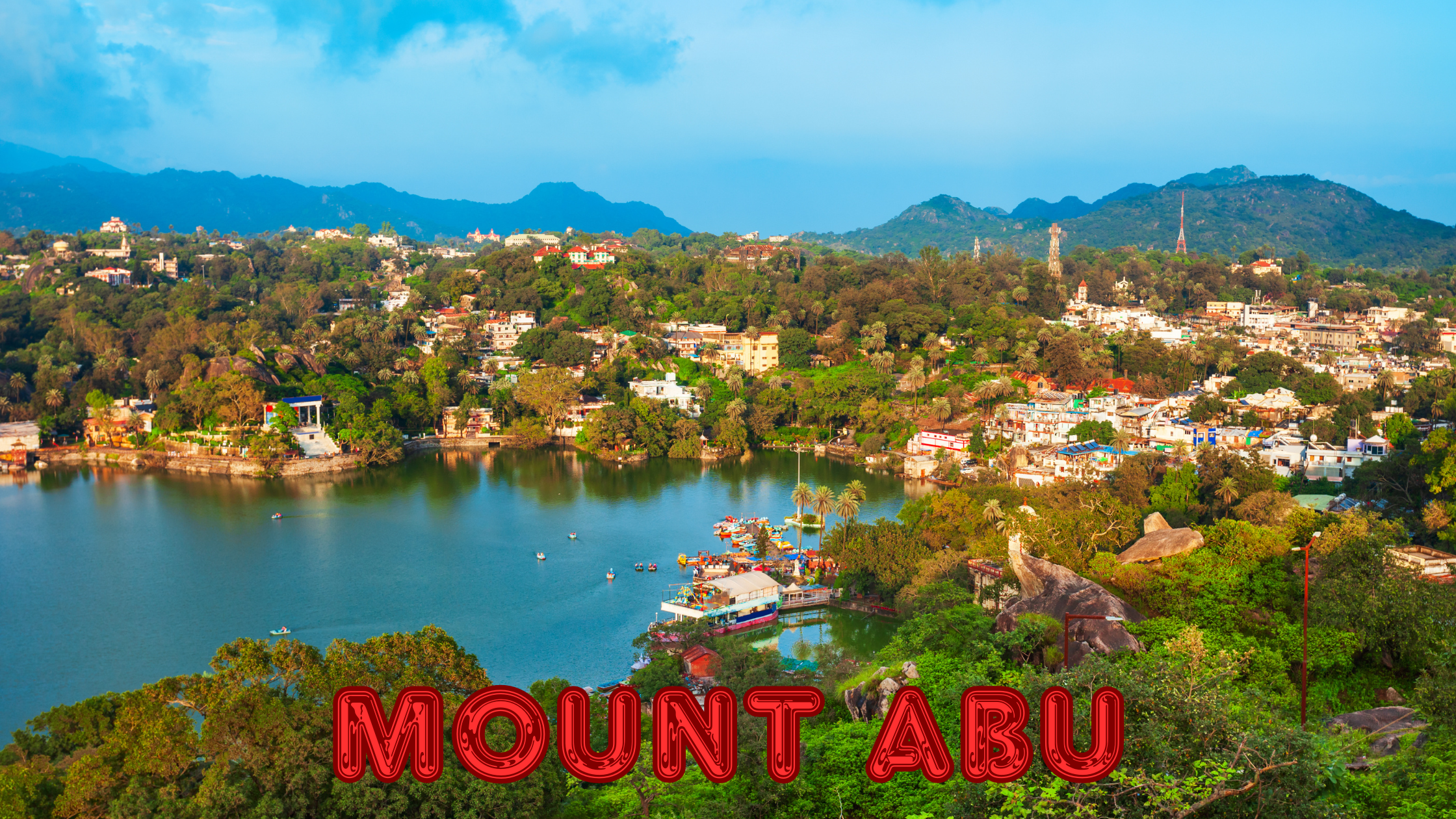

Nestled amidst the lush green hills of the Aravalli Range, Mount Abu stands as Rajasthan’s only hill station, offering a refreshing escape from the state’s arid climate. The town’s picturesque landscapes, dotted with dense forests, serene lakes, and cascading waterfalls, make it a haven for nature lovers. One of the must-visit spots is Guru Shikhar, the highest peak in the Aravalli Range, offering panoramic vistas of the surrounding valleys and plains. Sunset Point is another popular attraction, where visitors can witness breathtaking sunsets painting the sky with vibrant hues. Nakki Lake invites travelers to enjoy leisurely boat rides amidst tranquil surroundings. For those seeking adventure, Mount Abu offers thrilling activities like rappelling and rock climbing, providing an adrenaline rush amidst stunning natural beauty.
Bandh Baretha:
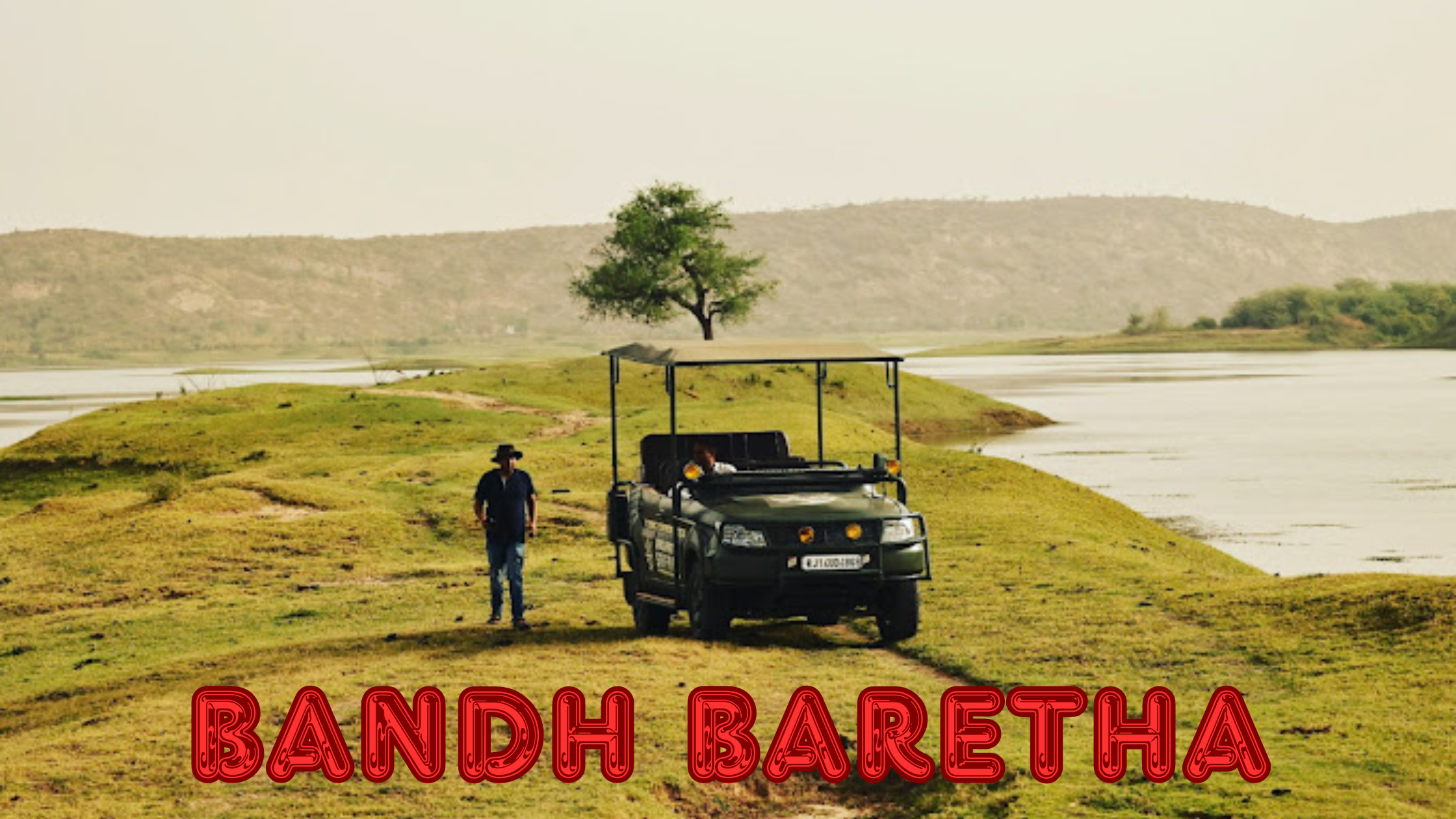

Situated in the Bayana Tehsil of Bharatpur district, Bandh Baretha is a hidden gem waiting to be explored. Steeped in history, this quaint village boasts of a rich heritage and natural charm. The Bandh Baretha Dam, constructed in 1887 by Maharaja Ram Singh, is a marvel of engineering and serves as the centerpiece of the village. Offering panoramic views of the surrounding landscape, the dam is a popular spot for nature enthusiasts and photographers. Surrounded by ancient forts and lush greenery, Bandh Baretha is a serene retreat away from the hustle and bustle of city life. Visitors can explore the village’s narrow streets, interact with the friendly locals, and immerse themselves in the region’s vibrant culture and traditions.
Udaipur:
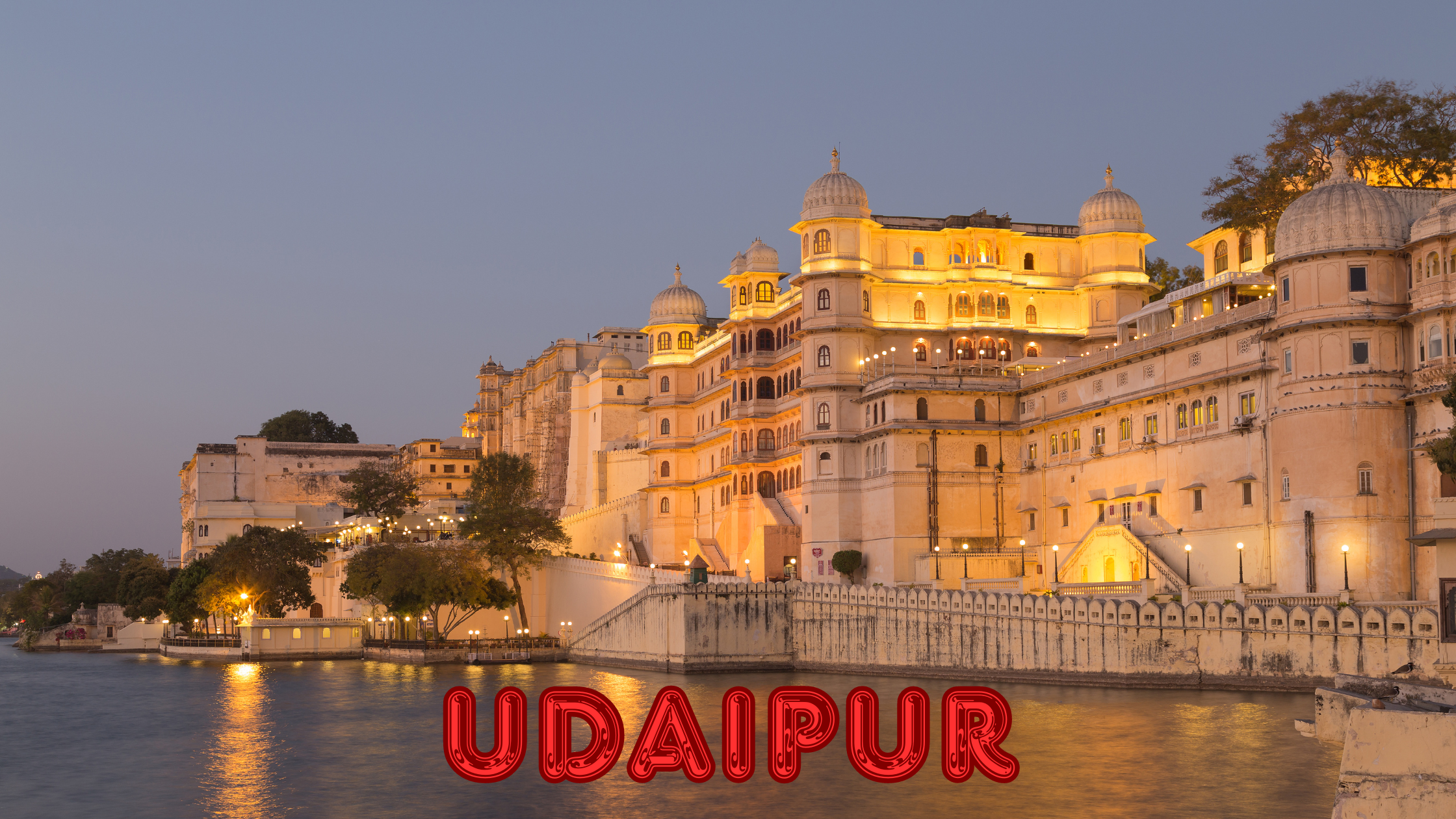

Known as the ‘Venice of the East,’ Udaipur is a city steeped in romance and beauty, set amidst the picturesque Aravalli Hills and shimmering lakes. The city’s crown jewel is Lake Pichola, a tranquil expanse of water adorned with palaces and temples. Visitors can take a boat ride on the lake to admire the stunning architecture of the Lake Palace and Jag Mandir, which seem to float like mirages on the water. Fateh Sagar Lake, another popular attraction, offers breathtaking views of the surrounding hills and is ideal for leisurely walks and picnics. Udaipur’s charm extends beyond its lakes, with majestic palaces, vibrant bazaars, and colorful festivals adding to its allure. Travelers can explore the City Palace, wander through the narrow streets of the old town, and shop for traditional Rajasthani handicrafts in the bustling markets.
Jawai:
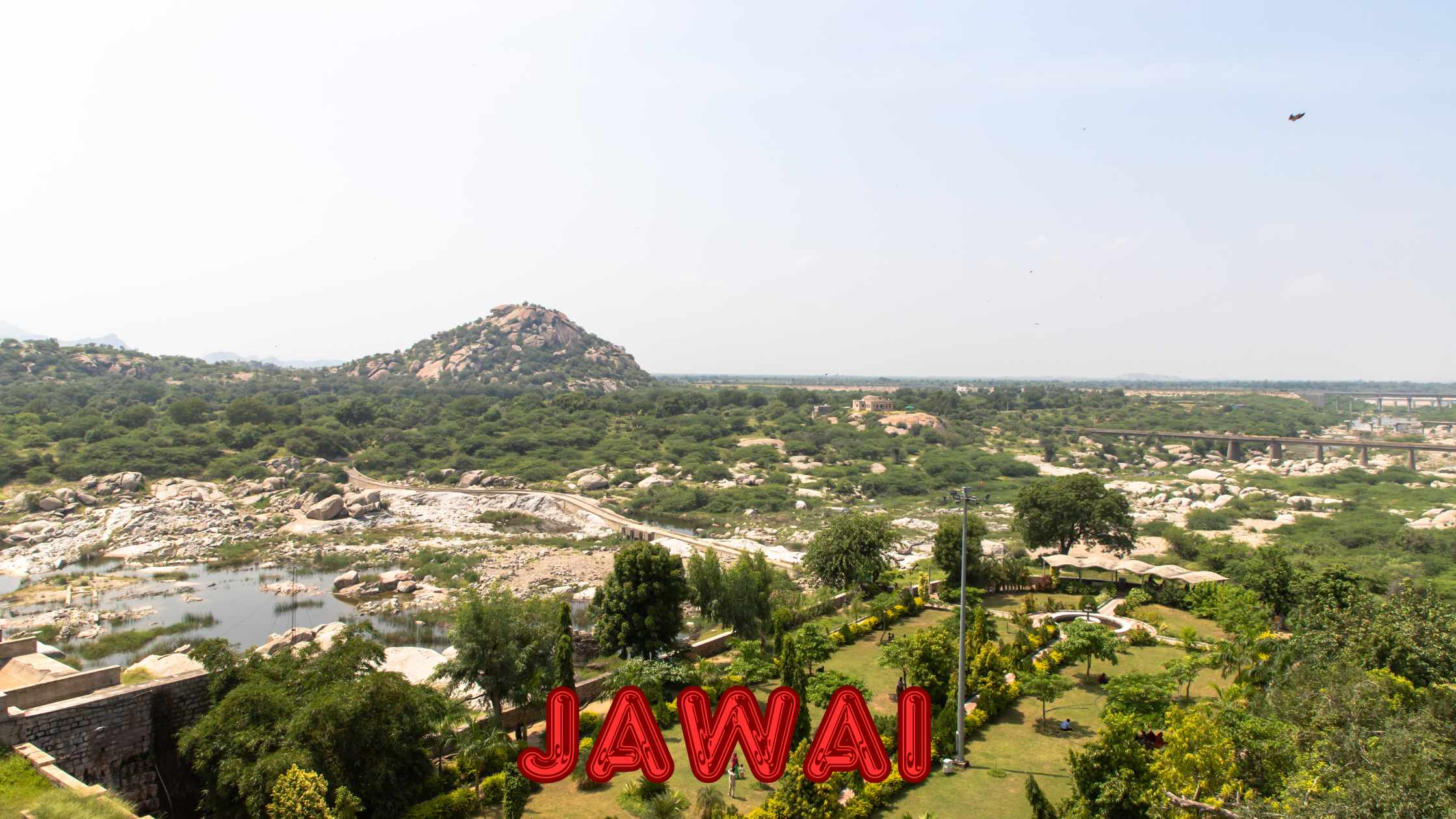

Tucked away in the heart of Rajasthan, Jawai is a hidden oasis of natural beauty, with its ancient granite rock formations and meandering rivers creating a mesmerizing landscape. The Jawai Dam, built across the Jawai River, offers spectacular views of the surrounding hills and is a popular spot for wildlife enthusiasts. Visitors can embark on jeep safaris to explore the region’s diverse flora and fauna, with a chance to spot leopards, crocodiles, and a variety of bird species in their natural habitat. The tranquil surroundings of Jawai make it an ideal destination for those seeking peace and serenity amidst pristine wilderness.
Ranthambore:
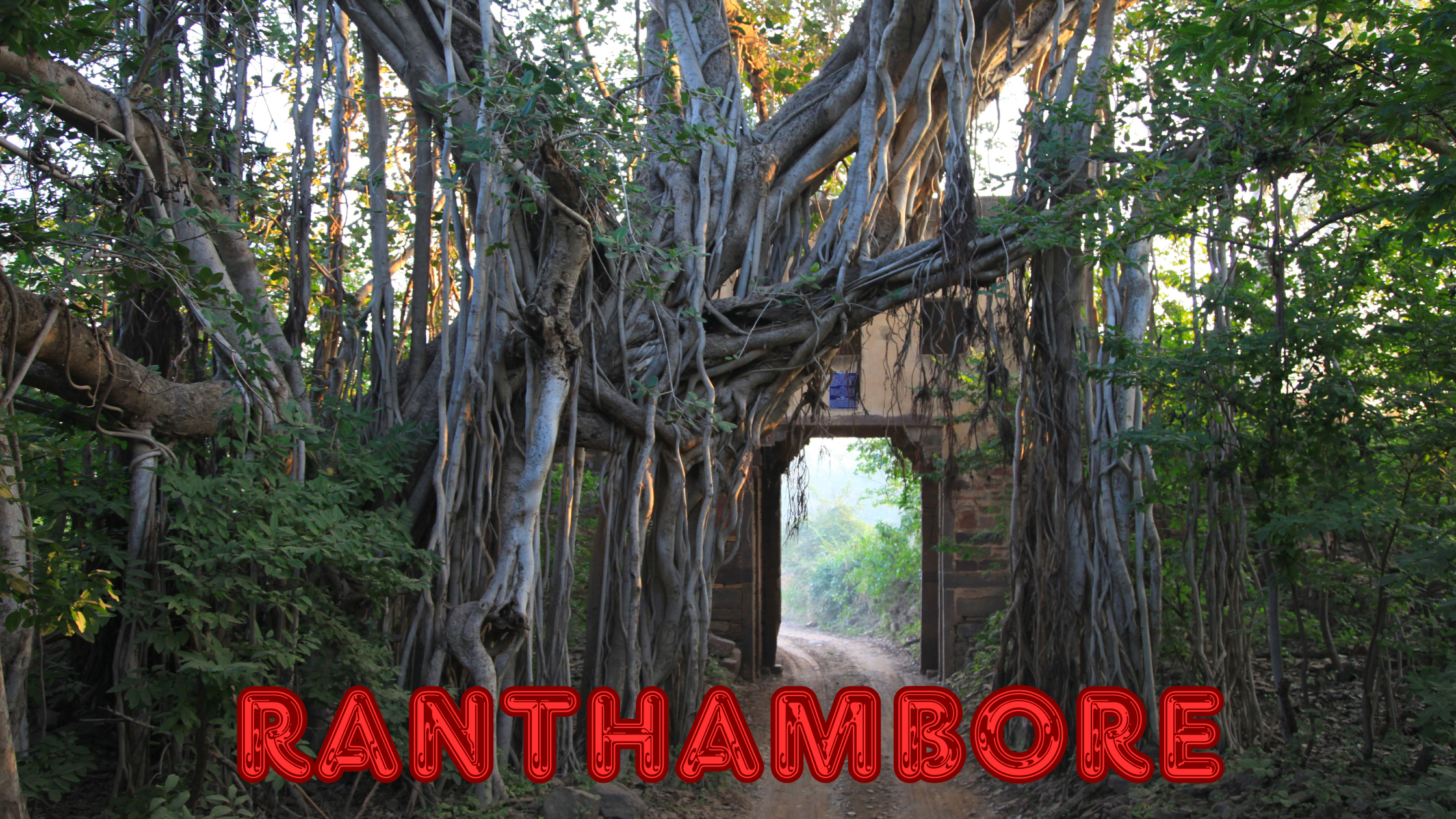

Home to one of the largest national parks in India, Ranthambore is a haven for wildlife enthusiasts and nature lovers. Spread over an area of 392 square kilometers, Ranthambore National Park is renowned for its thriving population of tigers, as well as a diverse range of flora and fauna. Visitors can embark on safari excursions through the park’s dense forests and open grasslands, with opportunities to spot other wildlife species such as leopards, sloth bears, and sambar deer. Apart from its wildlife, Ranthambore is also steeped in history, with the ancient Ranthambore Fort providing a glimpse into the region’s royal past. The park’s scenic beauty and abundant wildlife make it a must-visit destination for nature enthusiasts and adventure seekers alike.
Bharatpur:
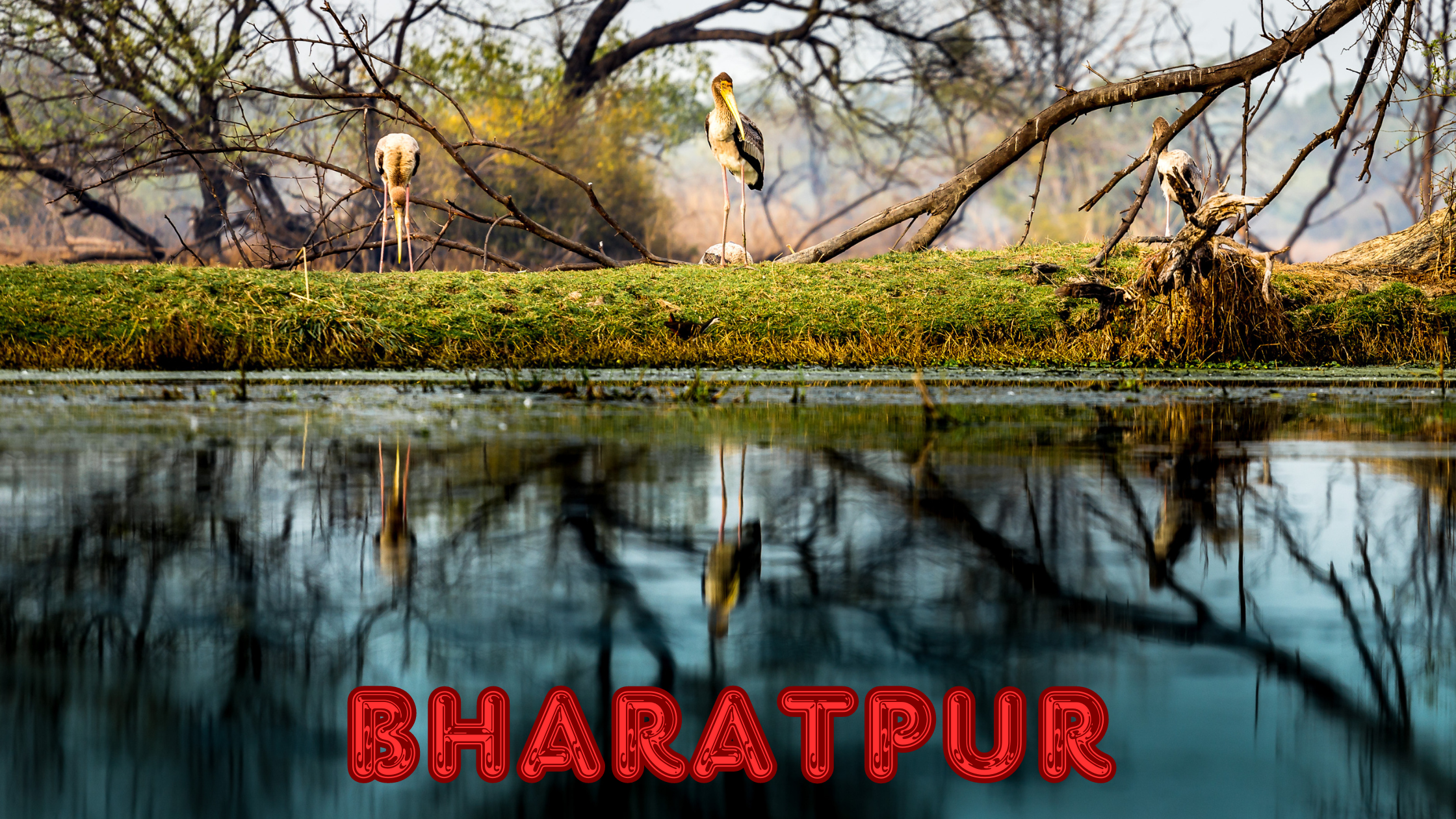

Known as the ‘Bird Paradise of India,’ Bharatpur is home to the renowned Keoladeo Ghana National Park, a UNESCO World Heritage Site. Spread over an area of 29 square kilometers, the park is a haven for birdwatchers, with over 370 species of birds recorded here. Visitors can explore the park on foot, bicycle, or rickshaw, with opportunities to spot migratory birds such as cranes, storks, and ducks, as well as indigenous species like the Indian eagle-owl and painted stork. Apart from its avian residents, Keoladeo Ghana National Park is also home to a variety of mammals, reptiles, and amphibians, making it a biodiversity hotspot in the heart of Rajasthan.
Sariska:
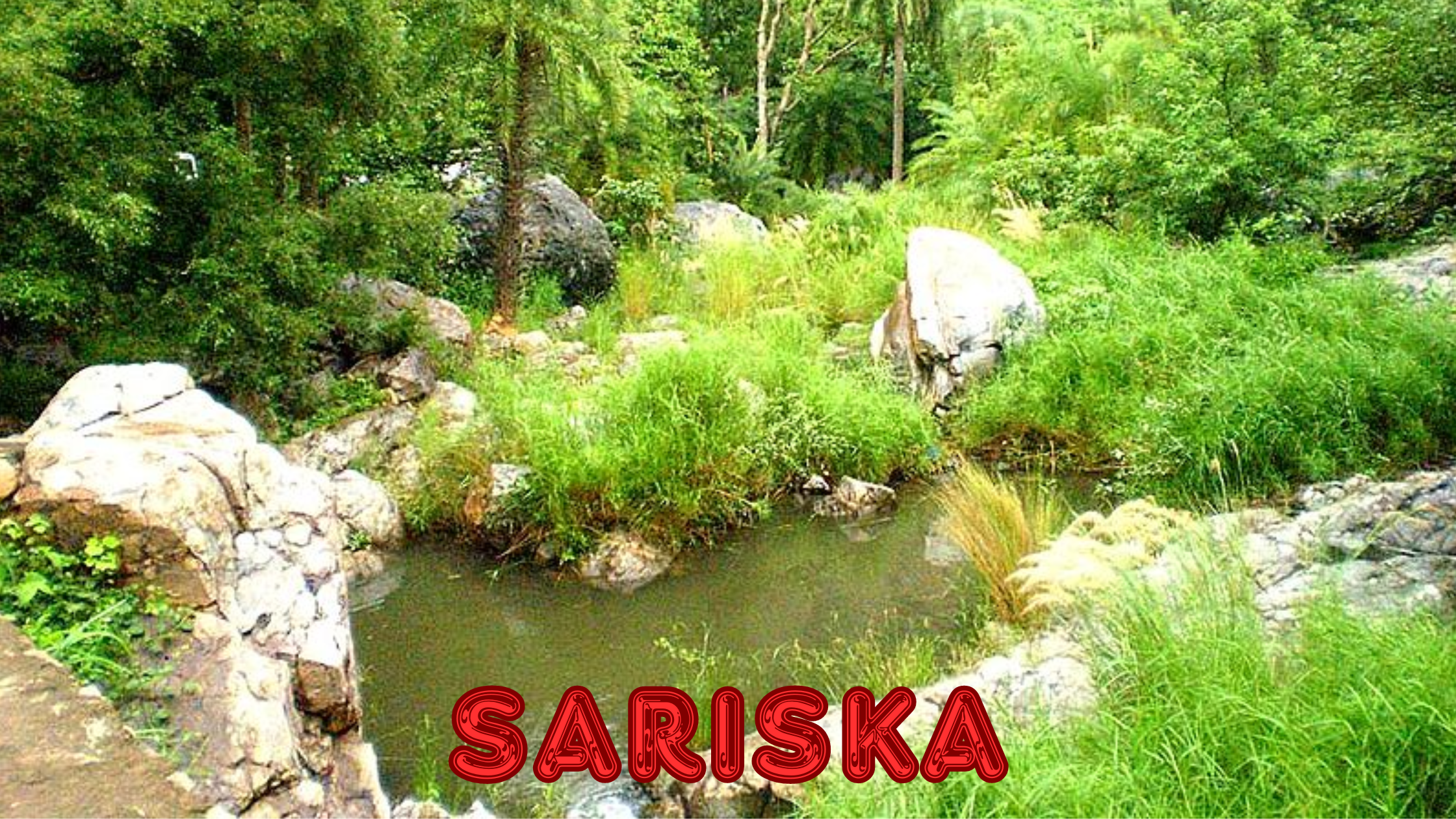

Located in the Alwar district of Rajasthan, Sariska Tiger Reserve is a wilderness sanctuary known for its rich biodiversity and stunning landscapes. Spread over an area of 866 square kilometers, the reserve is home to a variety of wildlife species, including tigers, leopards, sambar deer, and wild boar. Visitors can explore the park on jeep safaris, with trained guides providing insights into the region’s flora and fauna. Apart from its wildlife, Sariska is also known for its historical significance, with the ancient Kankwari Fort and Neelkanth Temple adding to the region’s charm. Whether it’s wildlife spotting, birdwatching, or simply soaking in the natural beauty, Sariska offers a memorable experience for nature lovers and adventure enthusiasts alike.
Bikaner:
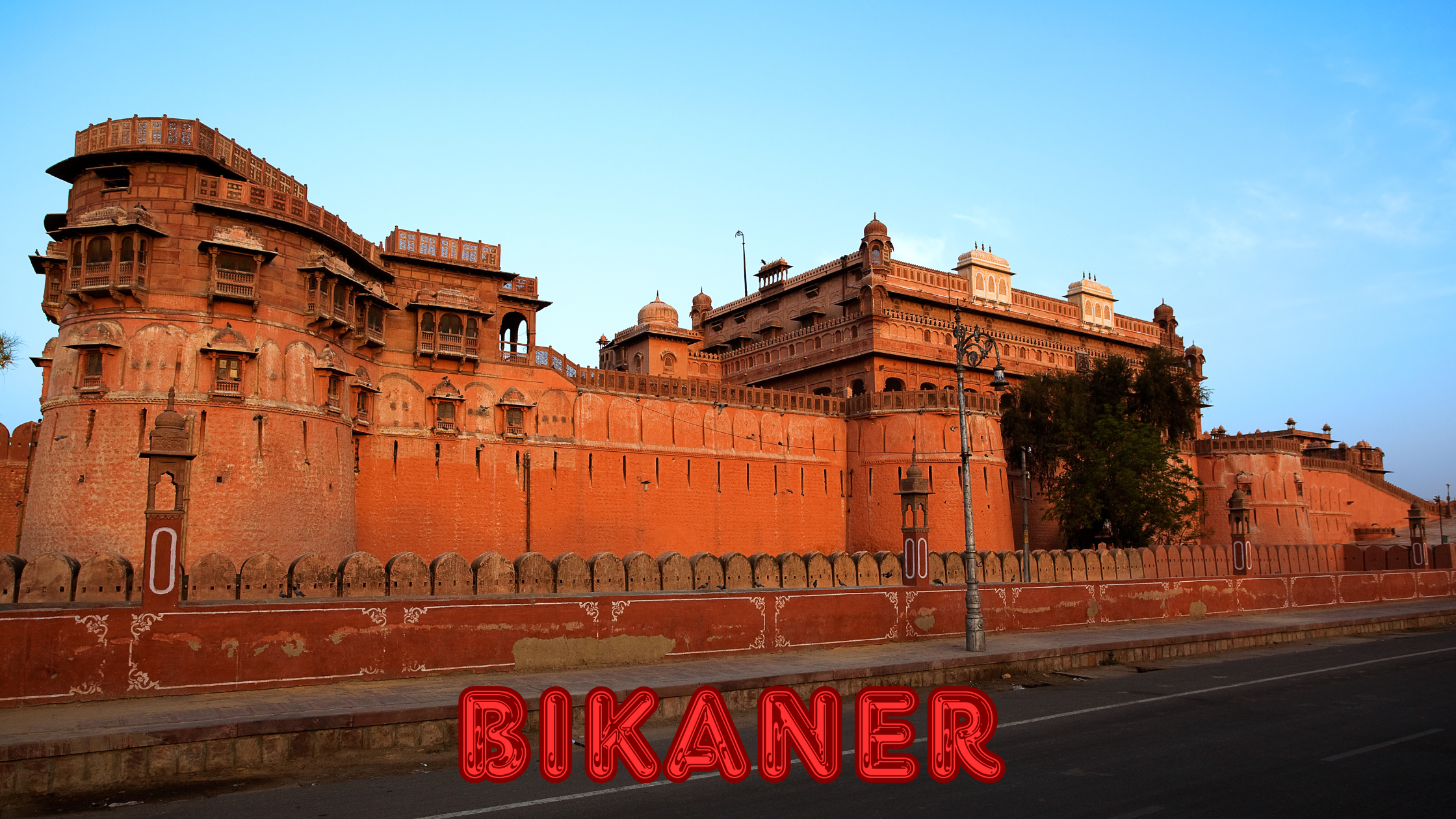

Located in the heart of the Thar Desert, Bikaner is a city steeped in history and culture, with its ancient forts, opulent palaces, and bustling bazaars attracting visitors from far and wide. The city’s most iconic landmark is Junagarh Fort, a majestic fortress built in the 16th century by Raja Rai Singh. With its intricate carvings, ornate balconies, and stunning courtyards, Junagarh Fort offers a glimpse into Bikaner’s royal past. The city is also known for its vibrant festivals, including the Bikaner Camel Festival held annually in January, where visitors can witness camel races, folk performances, and traditional Rajasthani music. Other highlights include the Karni Mata Temple, known for its resident population of rats, and the National Research Centre on Camel, where visitors can learn about the importance of camels in desert culture.
Jodhpur:
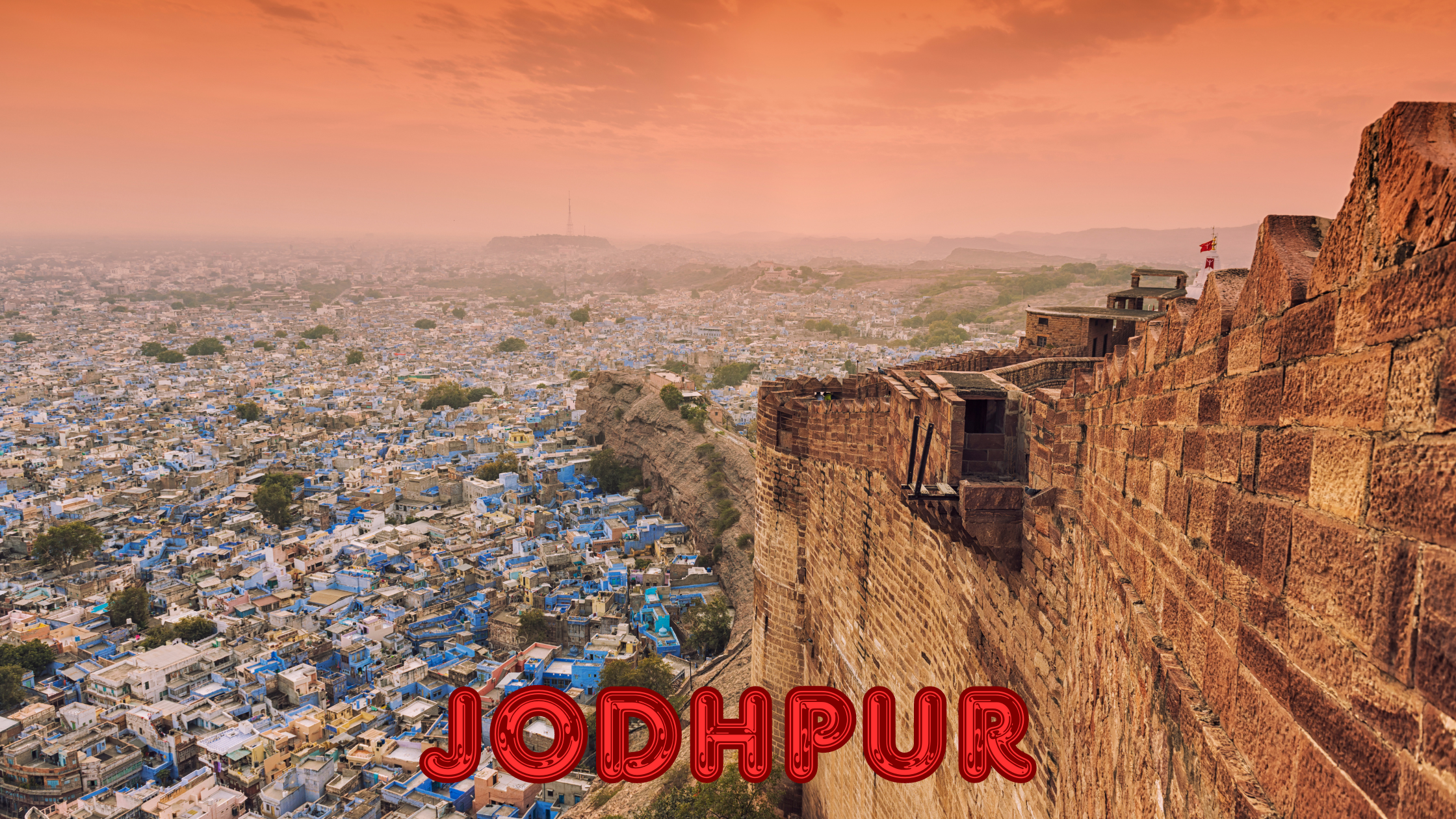

Nicknamed the “Blue City” for its azure-hued buildings, Jodhpur is a captivating destination renowned for its majestic forts, ancient temples, and vibrant markets. The city’s most iconic landmark is Mehrangarh Fort, a sprawling fortress perched atop a rocky hilltop, offering panoramic views of the city below. Visitors can explore the fort’s ornate palaces, intricate carvings, and sprawling courtyards, as well as visit the Jaswant Thada, a stunning marble memorial built in honor of Maharaja Jaswant Singh II. Jodhpur is also known for its bustling bazaars, where visitors can shop for traditional handicrafts, textiles, and spices, as well as sample mouthwatering Rajasthani cuisine. For those seeking adventure, Jodhpur offers thrilling experiences such as zip-lining over the Mehrangarh Fort and exploring the nearby desert dunes on camelback.
Pratapgarh:
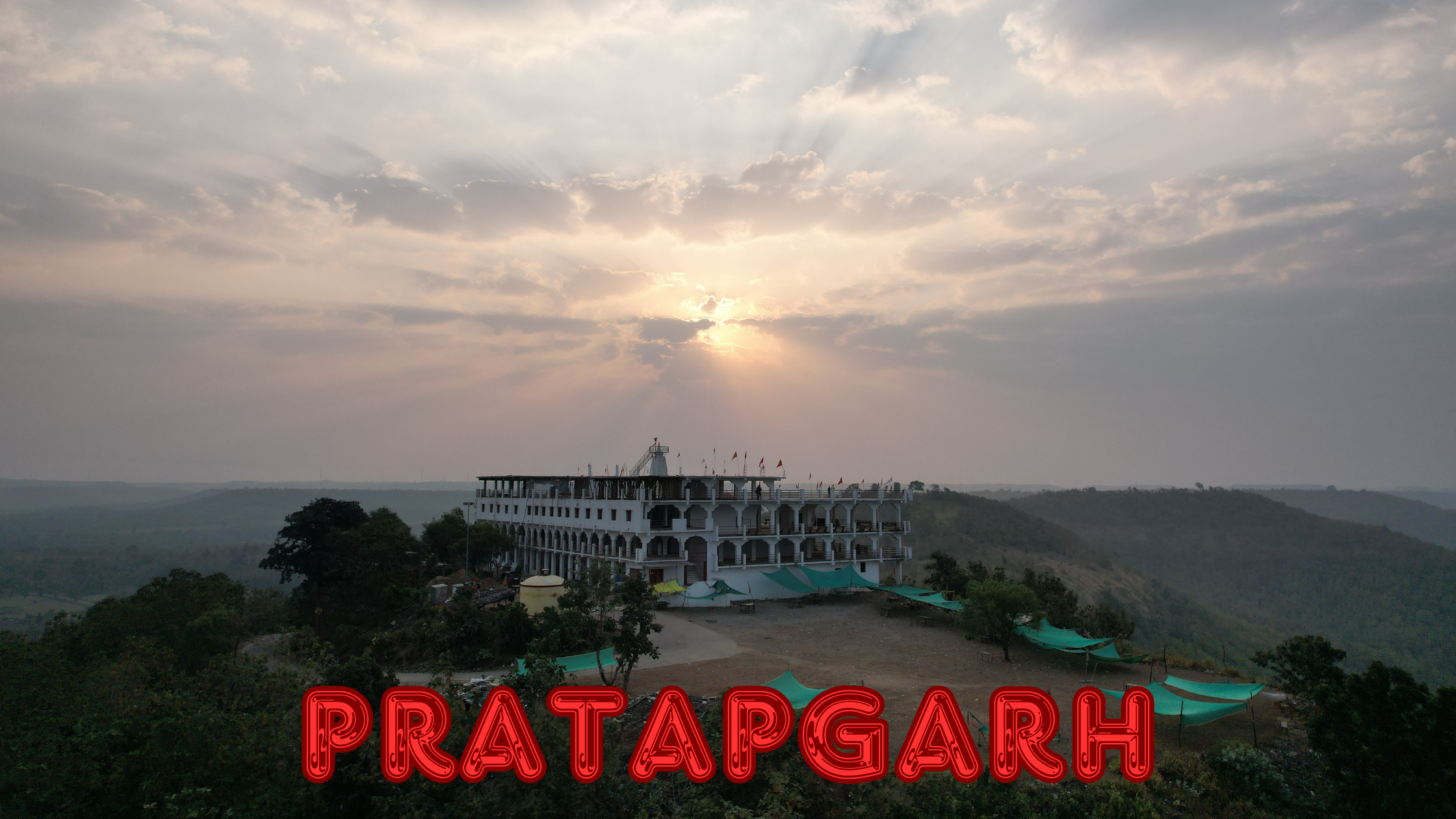

Nestled amidst the picturesque landscapes of Rajasthan, Pratapgarh is a charming town known for its rich history, vibrant culture, and stunning natural beauty. The town’s most iconic landmark is Pratapgarh Fort, a majestic fortress built in the 17th century by Rajput rulers. With its towering walls, intricate carvings, and breathtaking views of the surrounding countryside, Pratapgarh Fort offers a glimpse into the region’s royal heritage. Visitors can explore the fort’s numerous palaces, temples, and gardens, as well as learn about the town’s fascinating history through informative exhibits and guided tours. Pratapgarh is also known for its Thewa art, a traditional form of jewelry-making characterized by intricate designs and vibrant colors. Visitors can shop for exquisite Thewa jewelry and other handmade crafts in the town’s bustling markets, as well as sample local delicacies at roadside stalls and eateries.


